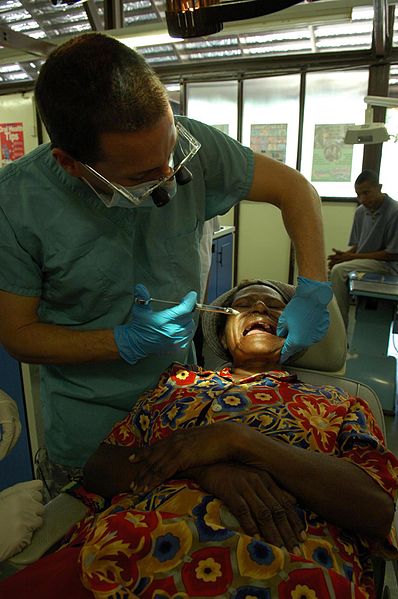It is likely that at some point that you will require a type of anesthesia for surgery or procedure. There are several different kinds of anesthesia on the market and in some cases you can choose what type you are administered. Many times a patient’s age may be taken into consideration when choosing which type of medication is used. Anesthesia, in short, is medication that is used to relieve pain and sensation during a procedure or operation. You will be dispensed a different type of anesthesia when undergoing wisdom teeth removal surgery, heart surgery, and childbirth. Below is an explanation of each type of medication.
General Anesthesia
The purpose of this type of anesthesia is to make a patient unconscious in order to complete a procedure or operation. Many people think of general anesthesia as “sleep” because the patient is not aware of anything that is going on. Through the use of this medication, your brain is shut off to pain. To ensure proper breathing while asleep, a small tube must be inserted into the patient’s windpipe. To avoid discomfort, the tube is inserted after the patient has been administered the anesthetic. Some patients complain of slight discomfort from the tube after awaking from surgery. A patient can be administered this medication via inhalation (through a mask or tube) or through an intravenous line (IV). This type of anesthesia is used in all major operations such as heart and spinal surgeries.
Regional Anesthesia
If only a portion of the body needs to be numbed, then regional anesthesia will be used. An injection is given in the area of the body where the nerves are located that provide feeling for that region. This is used to address a cluster of nerves, such as the bottom half of the body. Women are typically offered an epidural, which is a type of regional anesthesia, during childbirth. This allows for women to have little sensation from the waist down.
Local Anesthesia
Local anesthesia is used to temporarily ease the pain in a localized part of the body. This is used during minor surgeries because the patient will remain conscious through the entire procedure. The effects of this type of anesthetic can last about 8 to 12 hours based upon the dose. This offers a patient muscle relaxation during the procedure since it numbs the effected area. This is given to the patient via injection, spray, or ointment to the effected site. Local anesthesia is used for outpatient surgeries. Dermatologists and dentists commonly use this type of anesthetic. A patient will most likely use local anesthesia during wisdom teeth removal surgery.
If you are ever offered any type of anesthesia to aid you through a procedure, it’s important to speak to an anesthesiologist. They will be present before, during, and after your procedure to ensure that you are receiving the appropriate dose of the medication. If you have any further questions about an anesthetic, be sure to speak to a professional about your specific needs.
[toggle title=”Featured images”]
 License: Creative Commons image source
License: Creative Commons image source
[/toggle]
Frank is a certified surgeon who has performed a wide variety of surgeries at the hospital he currently works at.
Related articles
- Different Anesthesia Techniques May Reduce Breast Cancer Recurrence (medindia.net)
- Automating anesthesia (hms.harvard.edu)
- Wash but don’t shave before surgery, patients told (telegraph.co.uk)


Leave a Reply